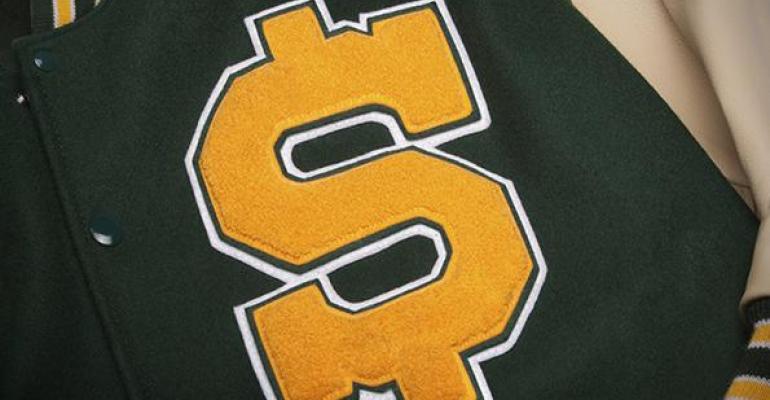By Zachary Klehr
While much of the media focused on the Dow’s daily movements as it hovered ever so close to the 20,000 mark, markets witnessed another, potentially more important, milestone recently. Three-month LIBOR—the London Interbank Offered Rate—breached 1 percent. LIBOR is one of the most widely used benchmarks for short-term interest rates and reflects the average estimated rate at which banks borrow from one another to fund short-term cash needs. LIBOR rates are quoted in a range of currencies and maturities. It’s tied to trillions of dollars of consumer and commercial loans, including the senior secured loan market.
So, why do I think LIBOR deserves just as much attention and fanfare for reaching a paltry rate of approximately 1.02 percent? With LIBOR rising above 1 percent, the coupons of potentially billions of dollars of senior secured loans will begin to reset at higher rates, which may help drive increased demand—and potentially boost prices—for the asset class.

Virtually the entire senior secured loan market features LIBOR floors of 1 percent or lower. What’s a LIBOR floor? It’s a minimum rate of yield a lender would earn should LIBOR drop below a certain level. LIBOR floors became prevalent in the senior secured loan market as LIBOR fell precipitously during and after the 2008 financial crisis. In plain English, a hypothetical loan with a LIBOR floor of 1 percent priced at LIBOR plus 7.5 percent would provide investors with an all-in coupon of 8.5 percent (even if LIBOR is only 0.5 percent). If LIBOR rises to 1.5 percent, the coupon of our hypothetical loan would reset over time to 9 percent (LIBOR rate of 1.5 percent + 7.5 percent coupon).
A Long Time Coming
LIBOR had been well below 1 percent since early 2009. This important rate hovered around or below 0.5 percent from June 2009 straight through most of 2015. Then, after more than five years of relative stability, the benchmark started to rise at the end of 2015. LIBOR “spiked” in the second half of 2016 in response to the implementation of U.S. money market reforms as well as the seemingly pro-growth implications of the U.S. election results. Most recently, its continued appreciation has been consistent with the broader direction of other major interest rate benchmarks, including the 10-year Treasury note, which rose rather dramatically in the final quarter of 2016.

Lower for Longer?
Even as rates inch their way up from recent lows, it’s important to keep in mind that the major interest rates (three-month LIBOR, 10-year Treasury note, and the federal funds rate among them) all remain very low from a historical perspective.
LIBOR’s roughly 41 basis point rise from 0.61 percent to 1.02 percent in January 2017, for example, still pales in comparison to its approximately 375 basis point rise from 1.3 percent in 2003 to 5.15 percent in 2007. With yields on the 5- and 10-year U.S. Treasury note currently well below 2.5 percent and 3 percent, major rates remain close to the lowest levels markets have seen stretching to the 1950s. As my colleague, Senior Economist Lara Rhame has pointed out, given the still relatively weak fundamentals underlying today’s economy, interest rates could remain relatively low from a historical perspective through the coming quarters and years.
Should interest rates decline below the LIBOR floor once again, the presence of such a floor would continue to provide investors in floating rate securities with a level of certain income. If rates continue to climb, investors might look to these investments as a differentiated source of income as well as a potential hedge against rising rates.
Zachary Klehr is Executive Vice President, Fund Management at FS Investments.
Originally published on FSinvestments.com.





